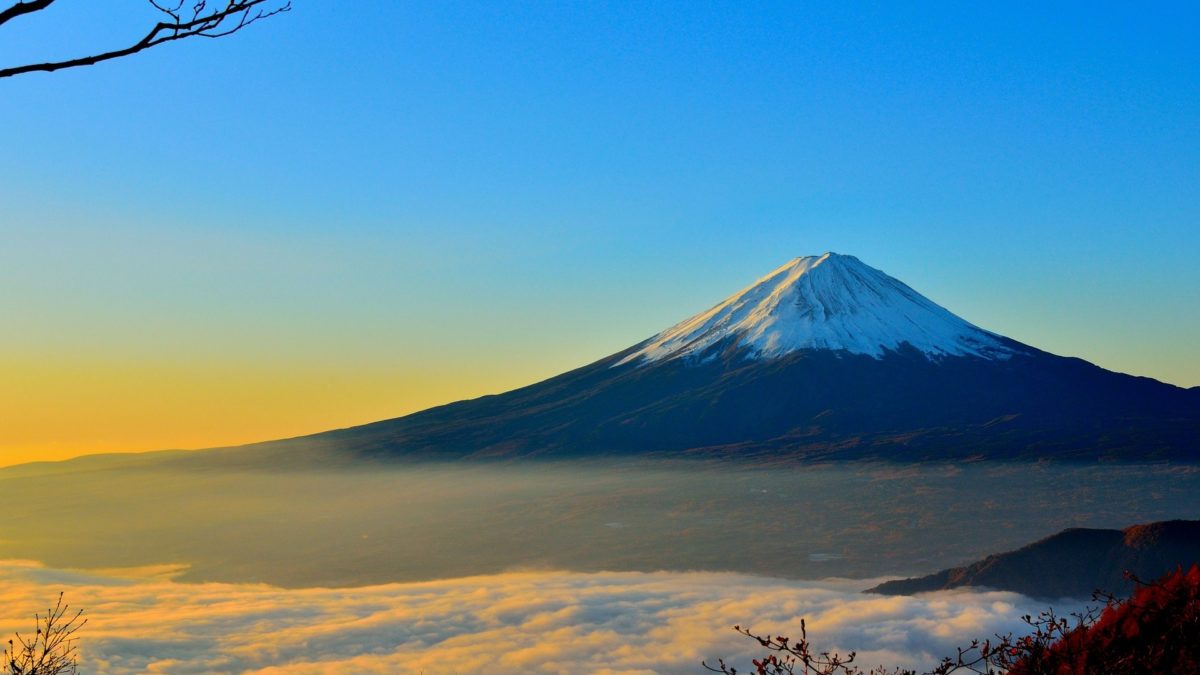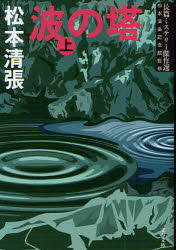Suicide Awareness Month
June 7, 2019
Professional Blood Cleanup Scenarios
August 12, 2019First, a warning: This article is about suicide and suicide ideation. If you feel you need support, please call the Suicide Prevention Lifeline at 1-800-273-8255 or dial 988, or visit their website for resources and other means of connecting with people waiting to help.
Thick moss and dense, twisted trees dampen the sound at Aokigahara, commonly known as Japan’s “Suicide Forest”. The folklore surrounding this quiet, lush setting repels the superstitious, but draws in those who want to enjoy its beauty.
Unfortunately, it’s also a magnet for those contemplating suicide, or determined to end their own lives.
Locals have another name for the forest: Jukai, or “Sea of Trees”. As with the ocean, there’s a green sameness about the scenery, and the ancient lava basalt under all that moss and twisting tree roots undulates like waves.
That lava came from Mount Fuji; the forest is on its northwestern slope, fewer than 100 miles west of Tokyo. The lava flows formed many caves, and the most popular two, Fugaku (“Wind Cave”) and the gorgeous Narusawa Hyoketsu (“Ice Cave”), are accessible to the average hiking-boot-clad explorer.
But in recent years, Aokigahara has become a focal point of international media, attracting tourists who aren’t as interested in the park’s beauty and geological features as much as they are the Suicide Forest’s macabre reputation.
A National Epidemic
Japan is well-known for having the highest suicide rate among developed countries. Suicides are actually beginning to slightly decline there, with Japan even practicing it’s own Suicide Awareness Month.
That being said, they remain a critical issue, and even more so during periods of economic uncertainty, such as recessions. According to World Population Review, suicide is the leading cause of death for Japanese men aged 20-44, and the leading cause of death for women and girls 15 to 34.
The Japanese culture accepts suicide without the religious stigma common in western society, but mental illness is usually swept under the rug as taboo, discouraging access to effective treatment. In a country where over-achievement is a requirement for social standing and self-worth, loss of employment or perceived failures to succeed drive many experiencing temporary crisis to end their own lives.
This also holds true for students, who face bullying and the pressure of studying for and choosing the right careers. Still, mental illness and family dynamics are the main factors leading to suicide.
The Lore and Lure of Aokigahara
The suicide forest itself consistently ranks as the World’s 2nd most popular suicide hotspot (behind only The Golden Gate Bridge), but officials stopped releasing incident data in 2003. Between 1998 and 2003, there were close to 100 annual confirmed suicides in the forest. The number of actual suicides each year is believed to be much higher, as the sheer size of the forest leads many bodies to be lost to natural decomposition.
Officials post signs with suicide hotline numbers and pleas imploring those on suicidal pilgrimages to “think about their families” and to seek comfort in crisis counselors. Some of the signs even appear in English, as this has become an increasingly world famous location.
The Suicide Cleanup
Volunteers who patrol the forest each month report finding about 100 bodies annually, and those who patrol on a daily basis have succeeded in saving at least twice as many lives. As previously mentioned, volunteers don’t find all the bodies; the forest is approximately 12 square miles, and one doesn’t have to go far off trail to become disoriented. This is why rescuers, suicide cleanup teams, and public safety officials use tape, ribbon, rope, or string to mark their paths. Cadaver dogs may also be used.
Being that many of the suicides occur within the nature of the forest, a general suicide cleanup team can typically handle the job. On certain occasions however, it is not uncommon to come across a vehicle with a deceased person in it near or within the forest. In this specific instance, a team capable of performing a biohazard car cleaning service is necessary.
Why This Forest?
Many wonder “Why Aokigahara?”, “Why not any other of Japan’s many peaceful forests?”
Romanticism is perhaps one reason. Ubasute is a folkloric practice in which families abandoned their elderly relatives in remote areas during times of famine. The Suicide Forest was said to be such a place, haunted by the ghosts of those left behind to die of starvation or exposure. Since many who pursue suicide believe (usually wrongly) that they’re a burden to their families, the connection may have meaning.
Some say that a 1961 book Nami no Tō (Tower of Waves) by popular author Seichō Matsumoto idealized the notion of ending one’s life in the Sea of Trees. It’s also been mentioned in Japanese how-to guides on suicide, and in the past decade, the forest has become the setting (and central focus) of a few American dramatic films.
Respecting the Dead
Those who didn’t know about Aokigahara by the time The Forest (2016) or The Sea of Trees (2015) came out certainly got a rude introduction in early 2018. Popular YouTube vlogger Logan Paul discovered a body while exploring the forest… presumably to discover a suicide victim. He posted a video of the body—and of his taunting behavior—to his channel, and backlash ensued.
The message is clear: Suicide is nothing to laugh at, and humans deserve dignity, even after death.
Some travel writers feel that tourists shouldn’t visit Aokigahara at all, reasoning that it’s not an appropriate “selfie spot”. The Japan National Tourism Organization refuses to discuss the darker side of the forest, instead promoting its caves and wildlife. This, however, isn’t dismissal of the subject. It’s an effort to discourage the glorification of suicide, and the notion that the Sea of Trees is, for whatever reason, the ideal final destination.
No matter what happens in Japan’s Suicide Forest, it’s still full of life, beauty, and natural history. Yes, there are those who visit who aren’t exactly emotionally equipped to recognize that beauty, and there are others who go only to “experience” the forest for the sake of novelty.
The latter will see only what they want to see. As for those who are struggling with depression and despair, we can only hope that nature’s inherent ability to heal will give them just enough hope to walk out into the open sunlight again.



